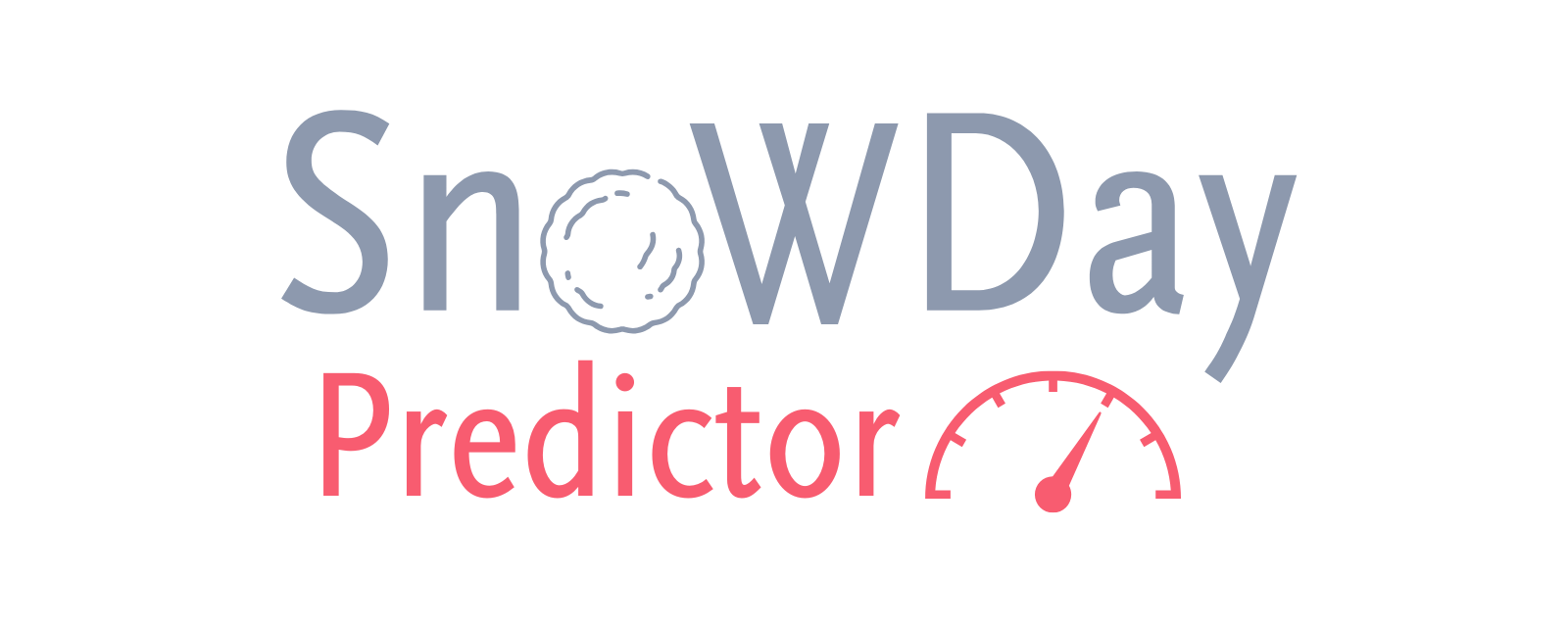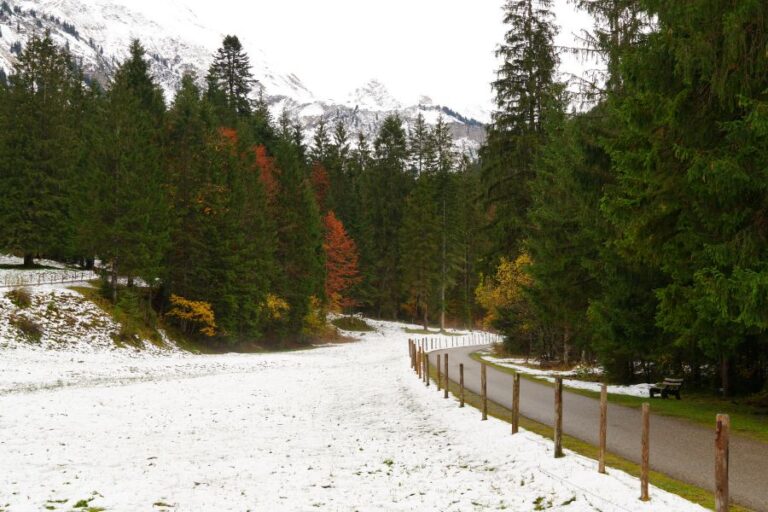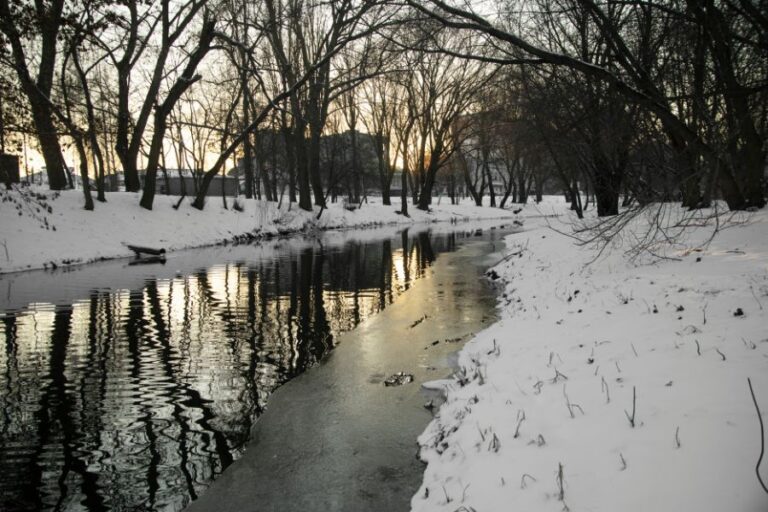How Weather Patterns in Canada Influence Snow Day Predictions

Canadian winters are as varied as the country itself. From the Atlantic’s wild nor’easters to the Prairies’ bone-chilling Arctic outbreaks, weather patterns across Canada play a defining role in whether schools stay open or close for a snow day. For parents, students, and teachers, understanding these patterns can mean the difference between a rushed morning routine and an unexpected day at home.
In this article, I’ll explore how regional weather systems shape snow day probabilities, share real-world examples from past Canadian winters, and explain why even the best forecasts can sometimes be uncertain.
My Experience With Snow Day Forecasting
As a Certified Weather Forecaster with over eight years of experience, I’ve tracked hundreds of storms across Canadian provinces. In February 2025, for instance, a powerful low-pressure system swept into Ontario, dropping 25 cm of snow in Toronto overnight. Based on snowfall rate, wind chill, and visibility, I issued a forecast with a 70% chance of school closures. By dawn, most major school boards had announced a snow day — a clear case where the forecast aligned with reality.
But not every call is that straightforward. In Winnipeg, January 2024, an Alberta clipper brought extreme cold and gusty winds. I predicted a 60% chance of closures, but schools remained open, demonstrating how local school board policies often weigh conditions differently. These experiences highlight the balance between meteorological science and human decision-making.
Key Weather Patterns That Shape Canadian Snow Days
1. Nor’easters (Atlantic Canada & Quebec)
These intense coastal storms bring heavy snow, high winds, and whiteout conditions. In Halifax, a nor’easter can shut down schools for days, with drifting snow and coastal flooding adding extra hazards.
2. Lake-Effect Snow (Ontario & Quebec)
Areas downwind of the Great Lakes, such as London and Barrie, can see explosive snowfall when cold Arctic air moves over warmer lake waters. These bursts of snow are often localized but can overwhelm bus routes and force closures.
3. Arctic Outbreaks (Prairies)
While the Prairies may see less snowfall overall, frigid Arctic air combined with blowing snow can push wind chills below –40°C. Even with clear skies, such temperatures pose risks for students walking or waiting for buses.
4. Pacific Storm Systems (British Columbia)
On the West Coast, snow days are less frequent, but when moist Pacific systems collide with cold air, snowfall rates in Vancouver or Victoria can paralyze cities unaccustomed to heavy snow.
5. Clipper Systems (Central Canada)
Fast-moving Alberta clippers bring lighter snowfall but strong winds and dangerous cold. While closures are less common, they do occur when wind chill warnings overlap with heavy morning commutes.
Forecasting Models and Real-World Testing
In my work, I rely on a combination of global and regional forecast models such as ECMWF, GFS, and HRDPS. Each has strengths: ECMWF excels at long-range accuracy, while HRDPS captures fine-scale local snowfall.
During the January 2025 nor’easter in Nova Scotia, HRDPS predicted over 40 cm of snow in Halifax. My independent forecast, combining this model with Environment Canada alerts, allowed me to assign a 90% closure probability. The following day, schools across the province were shut — proof that blending multiple data sources improves reliability.
This is also where tools like a Snow Day Predictor can help families. By combining model output, historical school closure patterns, and real-time alerts, these predictors make weather data more accessible to parents and students.
Why Some Predictions Fail
Even the best models and experienced forecasters face limitations. Snow day decisions are not just about snowfall totals — they involve:
- Road clearing capacity: A city like Toronto has extensive plowing resources, while smaller towns may struggle after only 15 cm.
- Timing of snowfall: A storm ending at midnight may allow crews to clear roads by morning, while one peaking at 6 AM causes chaos.
- Regional thresholds: Prairie schools may stay open through blizzards, while coastal schools may close more readily due to ice and power outages.
Forecasts can predict conditions, but human decision-making introduces variability.
Conclusion
From powerful nor’easters to localized lake-effect snow, Canada’s diverse weather patterns play a central role in shaping snow day decisions. By blending forecast models, real-world case studies, and official data, forecasters like myself provide families with the insights they need to prepare. While no prediction is perfect, transparency, testing, and experience ensure that snow day forecasts are both helpful and reliable.






